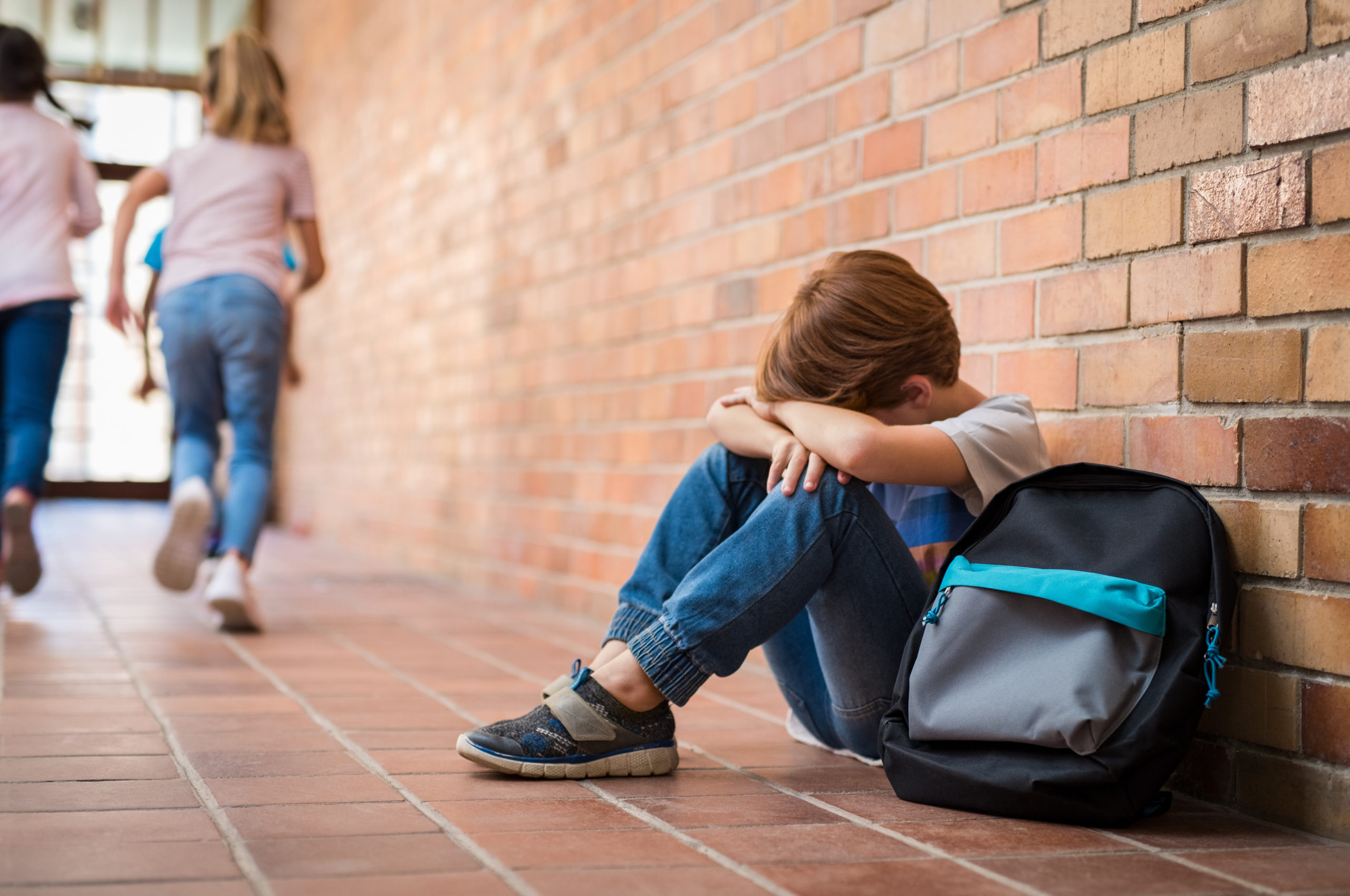Depression
A general resource page on depression in children and adolescents.
Depressed mood is common among children and adolescents. In some cases, the change in mood is temporary, triggered by stress, trauma, or major life changes. Other times, it becomes more persistent, causing changes in physical and mental functioning that worsen over time. When this is the case, the child or adolescent may be suffering from Major Depressive Disorder (MDD), commonly known as depression.
According to the National Institute for Mental Health, approximately 2-4% of children and 4-13% of adolescents suffer from MDD each year. It causes significant functional problems, including sleep issues, appetite and weight changes, poor school performance, social isolation, family conflict and regressive behaviors. As MDD persists, co-morbid problems can develop, such as attentional problems, anxiety, anger issues, physical illness, substance use, self-harm behaviors, and most seriously, suicidal behavior.
The most important concern when considering MDD in children and adolescents is early identification, referral and engagement in effective treatment. In cases of acute suicidal ideation and behavior, these are emergencies which warrant urgent mental health evaluation. Treatment depends on detailed assessment to confirm the diagnosis, and the method will depend on the severity of the symptoms. Most often, this includes therapy, medication, or a combination of both. Parents should be active participants in treatment, both to provide support to the depressed child or adolescent and to help improve family relationships. In general, mild to moderate depression has a good prognosis in adolescence as long as co-morbid difficulties are prevented. More severe depression often requires intensive treatment and consistent follow-up. The goal of treatment is to restore normal mood and functioning to the child or adolescent, which will help them succeed academically and socially.
Diagnosis
The list below outlines possible signs of MDD. If a child is struggling with any combination of these symptoms for more than two weeks, a mental health professional should be contacted.
- Frequent sadness, tearfulness, or crying
- Feelings of hopelessness
- Withdrawal from friends and activities
- Lack of enthusiasm or motivation
- Decreased energy level
- Major changes in eating or sleeping habits
- Increased irritability, agitation, anger or hostility
- Frequent physical complaints such as headaches and stomachaches
- Indecision or inability to concentrate
- Feelings of worthlessness or excessive guilt
- Extreme sensitivity to rejection or failure
- Pattern of dark images in drawings or paintings
- Play that involves excessive aggression directed toward oneself or others, or involves persistently sad themes
- Recurring thoughts or talk of death, suicide, or self-destructive behavior
Treatment
Severity of depressive symptoms and level of functional impairment should guide treatment decisions. Mild cases of depression should be treated with psychotherapy, while moderate to severe depression responds best to combination treatment with psychotherapy plus medication management. Consider CPAN consultation for moderate to severe depression. FDA approved medications for depression include fluoxetine (ages 8+) and escitalopram (ages 12+), though there are cases where other antidepressants may be appropriate.
Rating Scales
- Center for Epidemiological Studies Depression Scale for Children (CES-C)
- Mood and Feelings Questionairre (MFQ)
- Patient Health Questionnaire-9 (PHQ-9)
- Quick Inventory of Depressive Symptomatology–Adolescent (QIDS-A17-C)
- Columbia DISC Depression Scale (Teen and Parent Version)
- Ask Suicide-Questions (ASQ) Toolkit
Resources for Providers
- Bright Futures
- Bright Futures Presentations and Handouts
- Bright Futures Guidelines for Health Supervision of Infants, Children and Adolescents, 4th Edition
- McPAP Guidelines and Clinical Pearls for Anxiety, Depression and ADHD
- McPAP Depression Algorithm
Resources for Parents, Adolescents, and Children
- AACAP Depression Resource Center
- AACAP Facts for Families: The Depressed Child
- AACAP Facts for Families: Comprehensive Psychiatric Evaluation
- AACAP Facts for Families: Psychotherapy for Children and Adolescents Part I
- AACAP Facts for Families: Psychotherapy for Children and Adolescents Part II
- AACAP Facts for Families: Psychiatric Medications Part I
- AACAP Facts for Families: Psychiatric Medications Part II
- AACAP Facts for Families: Psychiatric Medications Part III
- Medication Guide for Treating Depression
- AAP Depression and Suicide Web Page
This site contains brochures, fact sheets, and quick facts regarding depression and suicide - National Institute For Mental Health: Teen Depression
- American Family Physician: What to Do If You Think Your Child Is Depressed
- The Depression and Bipolar Support Alliance has printable materials that may be downloaded and printed. These include pediatric bipolar fact sheets and information.
- For extensive family information including parent guides visit the Families for Depression Awareness at www.familyaware.org
- National Suicide Prevention Hotline

